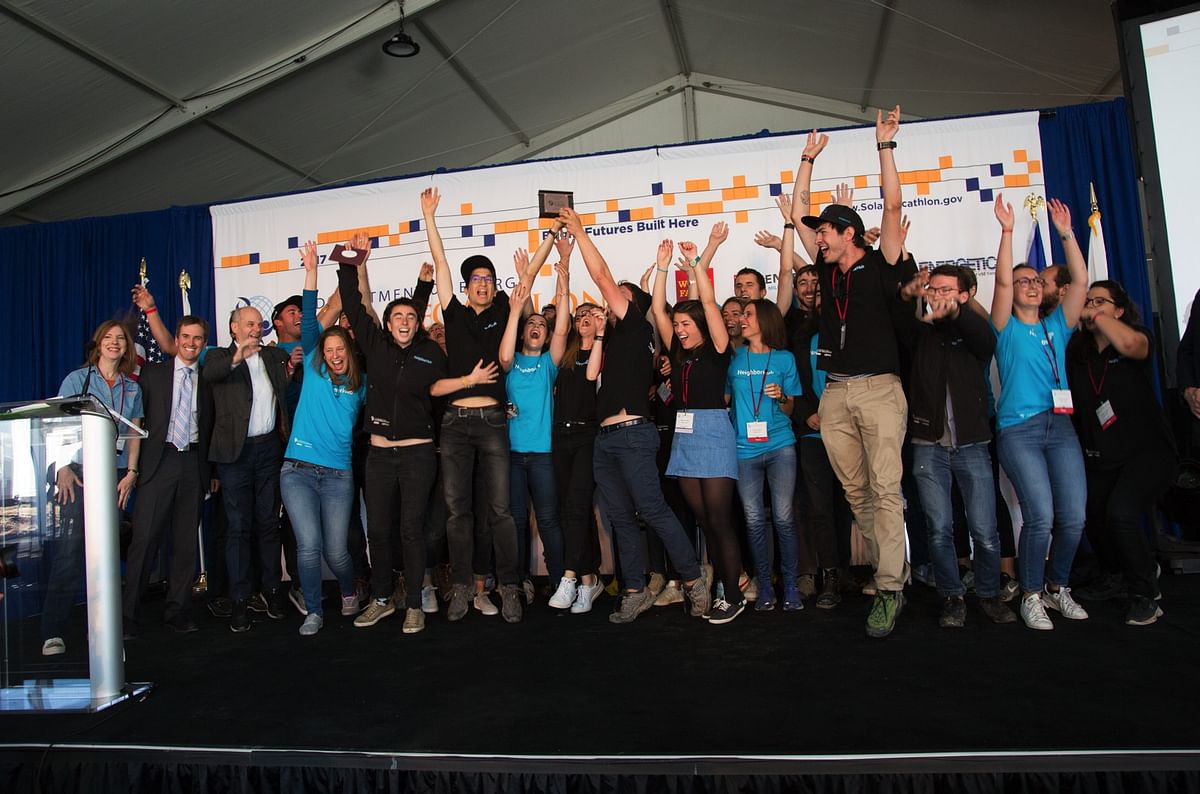
The Swiss Team wins the 2017 Solar Decathlon
By Justine Testado|
Monday, Oct 16, 2017
Related
For the last two years, dedicated student teams from across the U.S. and abroad worked ceaselessly to build a full-scale, sustainably designed house in the 2017 Solar Decathlon, which concluded yesterday in Denver. After winning first place in the Architecture and Water contests last week, the Swiss Team was able to maintain the top overall spot. Out of 1,000 points, they won first place overall with a final score of 872.910 for their house, the NeighborHub. The University of Maryland got second place with 822.683 and the University of California, Berkeley/University of Denver team placed in third with 807.875.
“Today's results are the culmination of two years of collaboration among students from different academic disciplines — including engineering, architecture, interior design, business, marketing, and communications — who otherwise might not work together until they enter the workplace. Together, we're ensuring that employers have the qualified workers they need to support American job growth,” said Solar Decathlon Director Linda Silverman during the award ceremony this past weekend.
Read on for more about the top three-winning houses.
1st Place: The Swiss Team (École Polytechnique Fédérale de Lausanne, the School of Engineering and Architecture Fribourg, Geneva University of Art and Design, and the University of Fribourg), “NeighborHub”
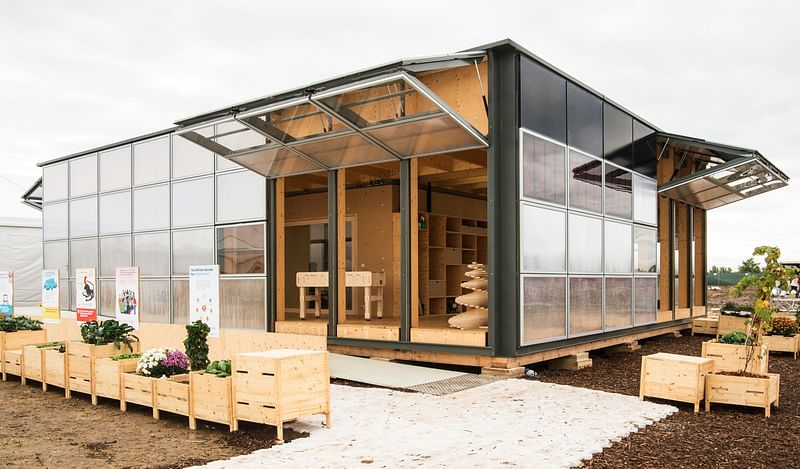
“By demonstrating innovative solutions and providing a space to collaborate, NeighborHub has the potential to support Switzerland’s urban and energy transition by emphasizing seven themes: renewable energy, water management, waste management, mobility, food, material choices, and biodiversity,” The Swiss Team writes in their design philosophy. “NeighborHub is designed with multifunctional spaces that can change to meet the needs of the community—from a dining space for a community meal to a conference room for educational workshops to a bike-repair shop or local market [...] NeighborHub’s flexibility is illustrated in elements such as the façades, which support solar panels, plants, aquaponics, and a solar dryer. Inside, easily movable furniture allows spaces to be reconfigured to accommodate different groups.”
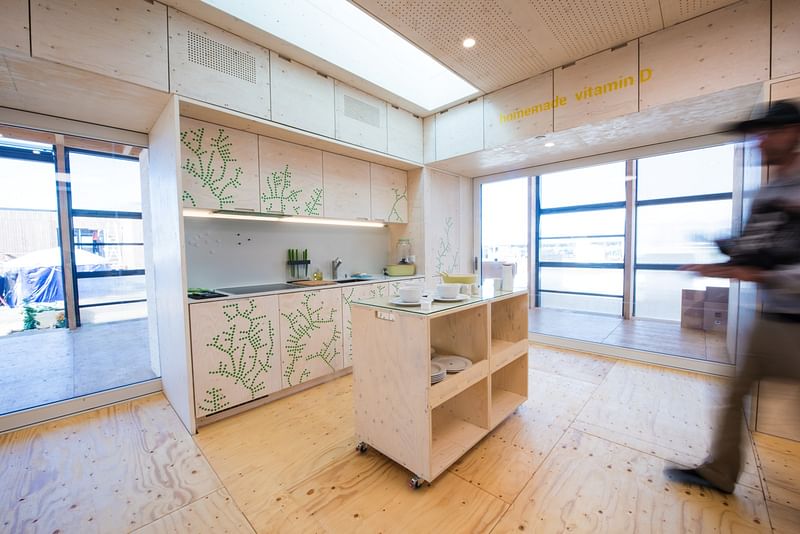

RELATED NEWS The Swiss Team wins first place in 2017 Solar Decathlon Architecture and Water contests
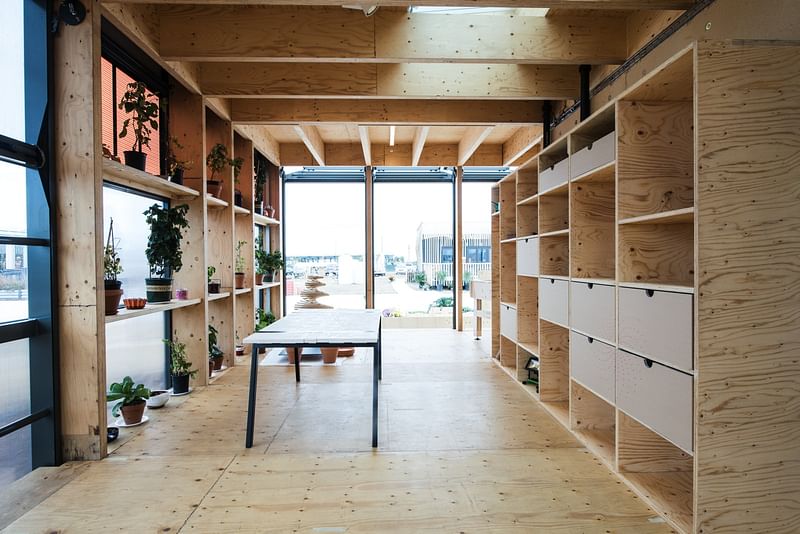
The Swiss Team also won first place in the Engineering Contest. “The jury believes the first place house in the Engineering Contest offers comprehensive performance modeling that sports clear graphs, detailed explanations and a variety of representations,” said Bob Dixon, the Director of the Office of Strategic Programs in the Office of Energy Efficiency and Renewable Energy at DOE, when he presented the award. “The quality of the thermal envelope is exceptional and carefully calibrated to the target climate with very good resistance to heat flow, a solid focus on air-tightness, and high-quality components such as triple-glazed windows and sliding doors.”
Now that the competition is done, NeighborHub will make its way back to the blueFACTORY in the Innovation Square of Fribourg.
2nd place: University of Maryland, ”reACT”
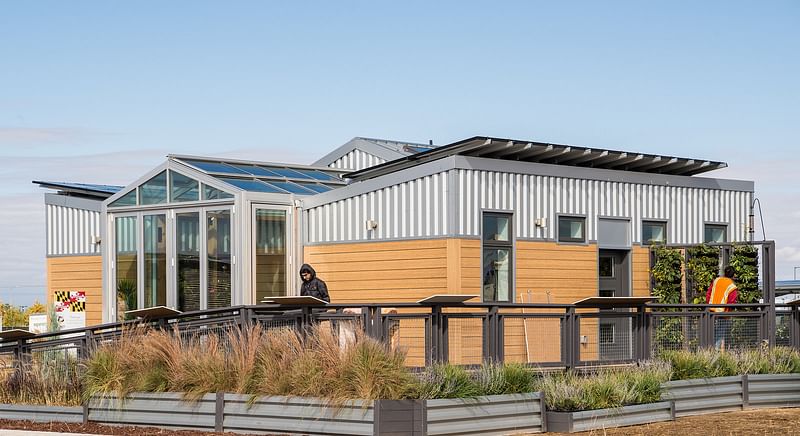
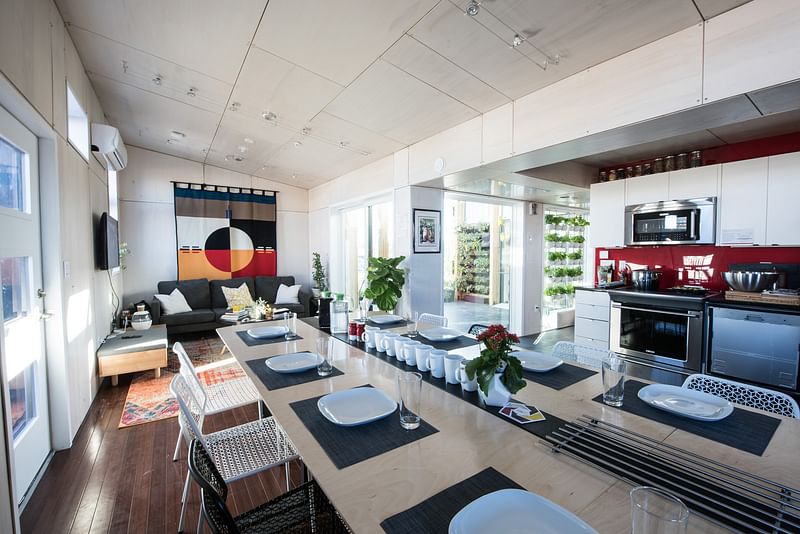
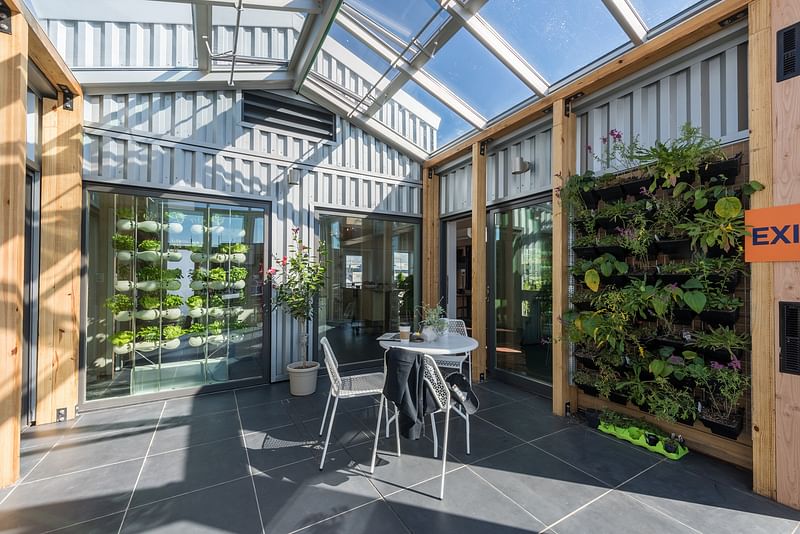
Design Philosophy: “The Maryland team invites you to think of reACT as a living organism, with six modules performing vital functions. Systems that capture and process waste, water, and energy allow the house to operate with complete self-sufficiency, and the house’s living systems are fully disentangled from structure, so the house can adapt as occupants’ needs change—for example, by adding a new bedroom module. Much more than a “one-off,” reACT is intended to serve as a seminal prototype for a "house as a kit of parts" design concept [...] The intention is to create a home-building kit that can be readily adapted to a range of clients, communities, construction technologies, and ecological environments.”
reACT will make its way back to Maryland, where it will live next to the University of Maryland’s Solar Decathlon 2007 second-place house in a sustainability park to be used for research, education, and to showcase projects with regional industry and professional stakeholders.
3rd place: University of California, Berkeley / University of Denver, “RISE”
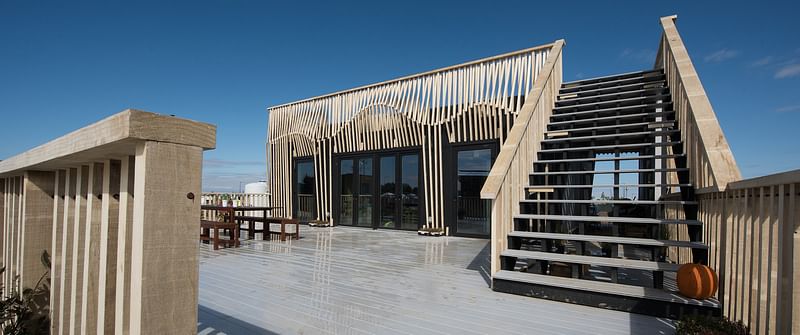
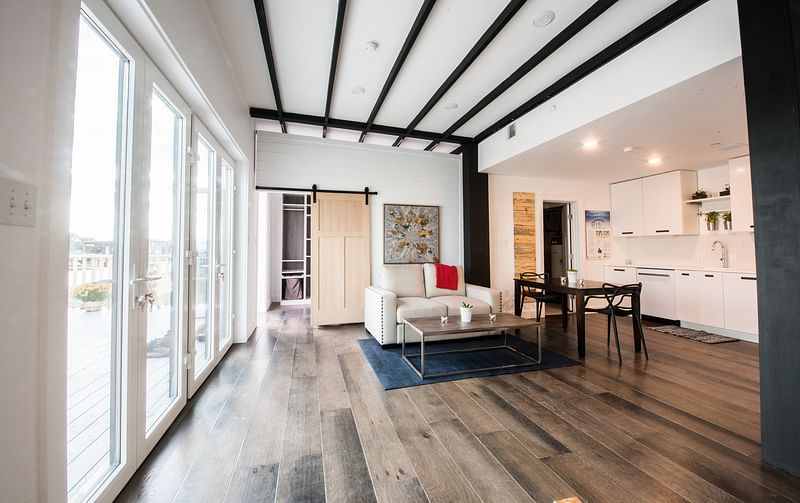
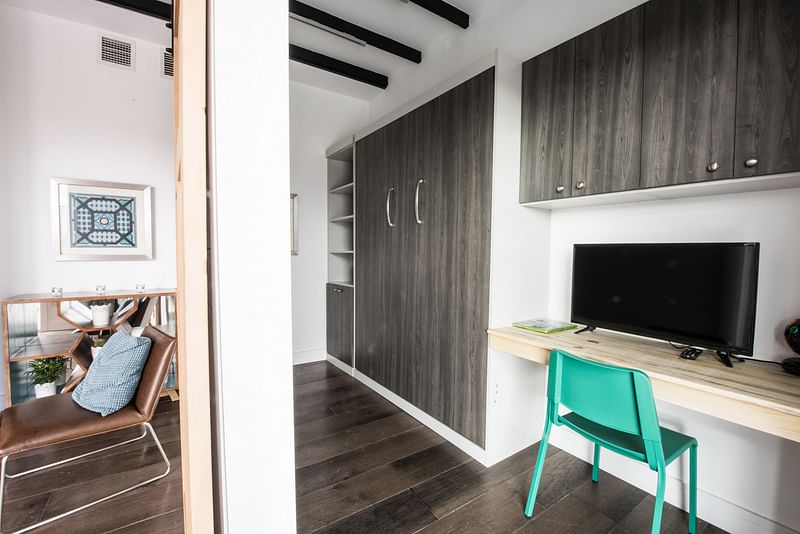
Design philosophy: “Designed for Richmond’s urban infill lots, RISE stands for Residential, Inviting, Stackable, Efficient [...] Ready to scale to Richmond’s rapid, residential urbanization, this house design is community and transit oriented [...] The simple but inviting structure includes large glass windows and doors on the south side, and the stepped-back structure and large stairwells promote community interaction. [Scalable and stackable like children’s blocks,] the modular construction means that one, three, or five units can be built on a site, depending on the desired density. In addition, the post and beam structure directs loads through vertical elements, making the stacking process simple and flexible. Finally, RISE is efficient, designed to achieve net-zero energy consumption, to recover and reuse heat that is typically wasted in most houses, and to recycle greywater. The team also designed the house to be constructed efficiently, without specialized labor, so that local workers in Richmond can easily build the units.”
After the competition, RISE will head to the Denver Habitat for Humanity, which plans to install the house on a temporary lot while they prepare a permanent lot for the house. Afterward, RISE will be sold to a family in need.
For all the competition standings and other info, visit solardecathlon.gov.

RELATED NEWS A glimpse of the SURE HOUSE by 2015 Solar Decathlon winner Stevens Institute of Technology

RELATED NEWS Italian team wins first place at the Solar Decathlon Europe 2014


Share
0 Comments
Comment as :